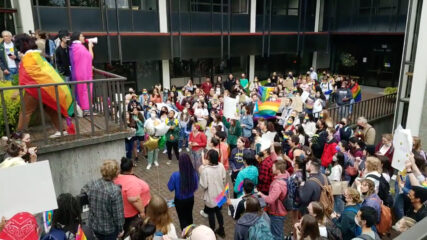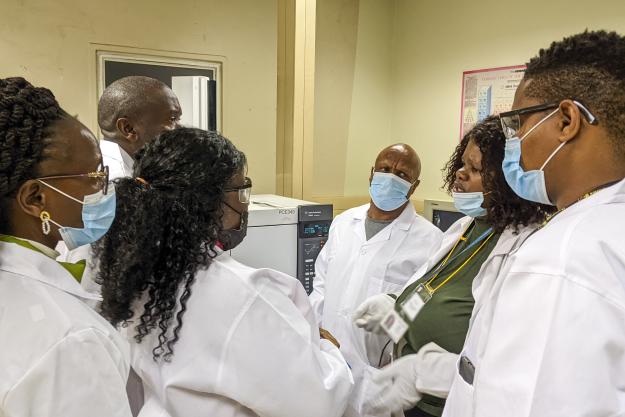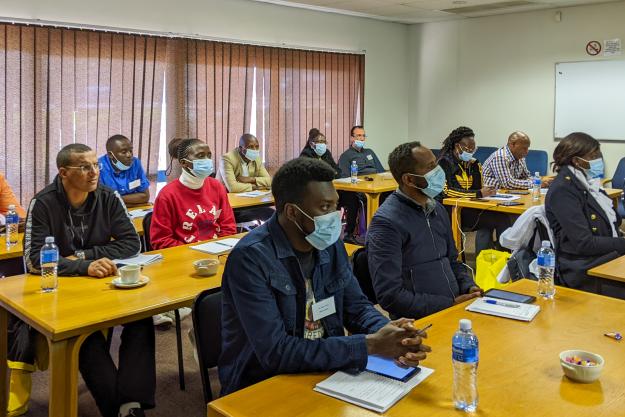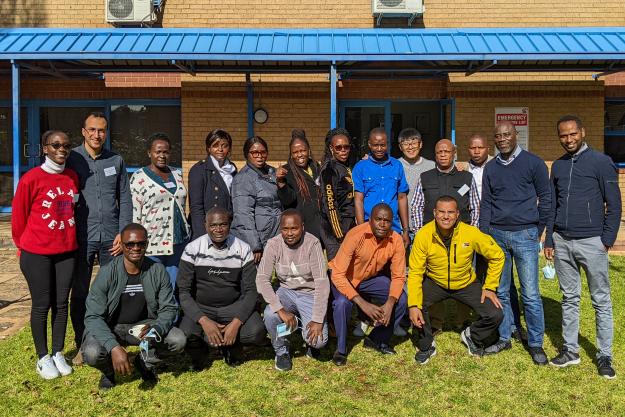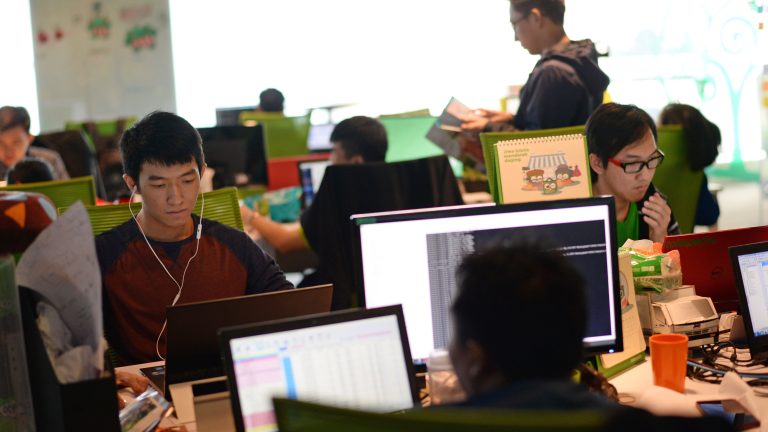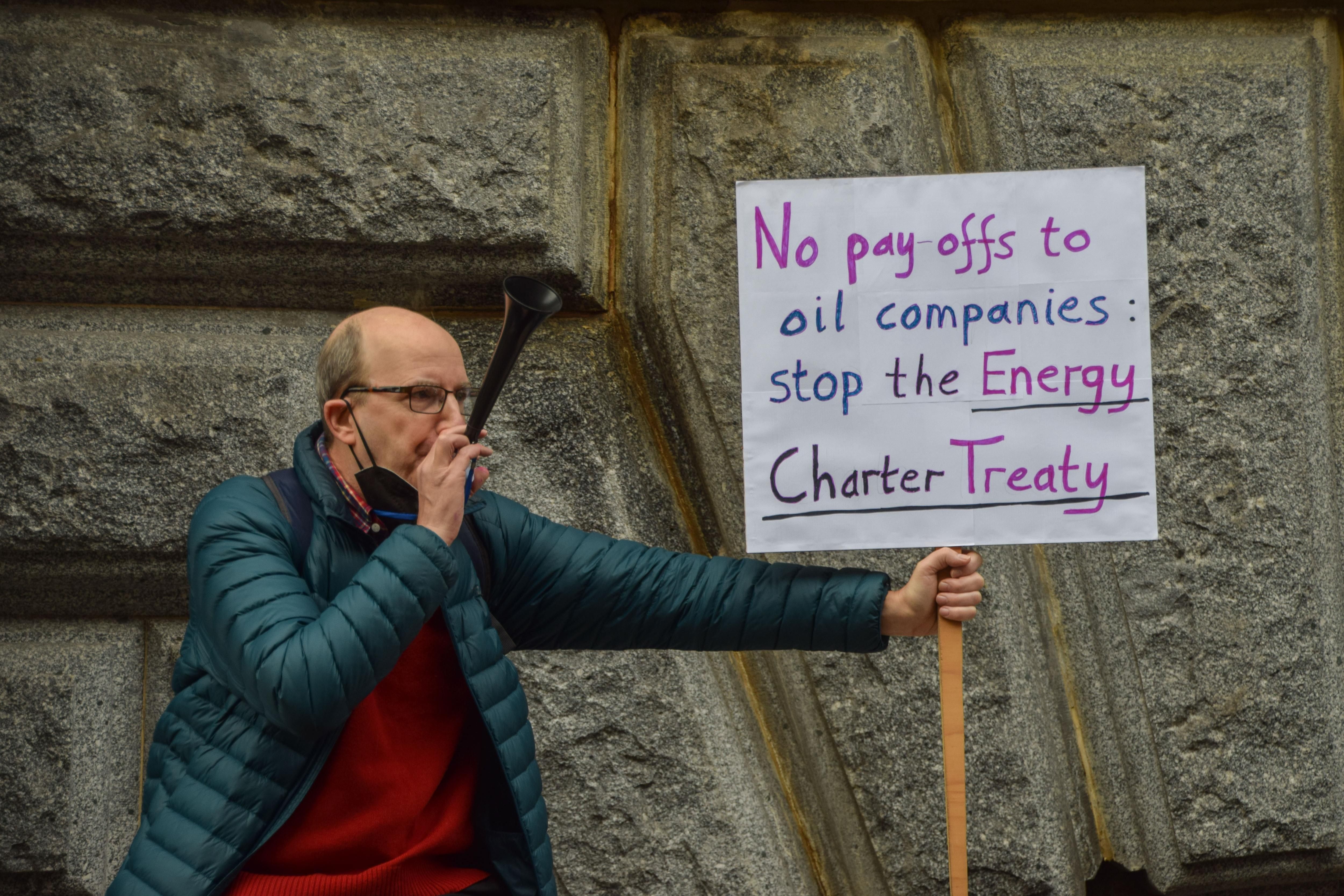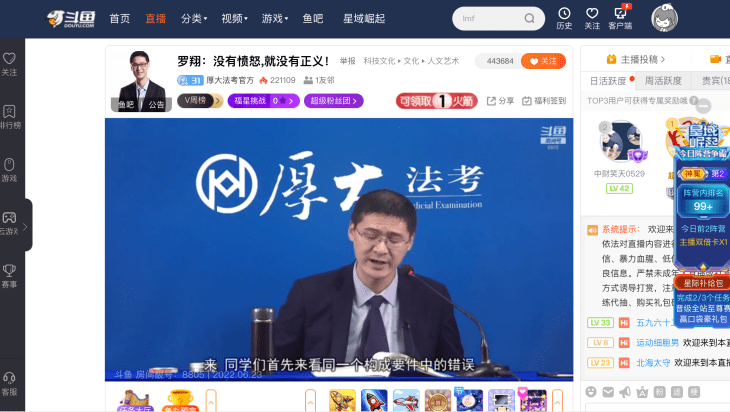Source: Meduza
Most of the defendants in the case of the alleged assassination attempt against Russian propagandist Vladimir Solovyov were arrested on the morning of April 25 — just hours after the attempt was thwarted, Russian President Vladimir Putin claimed. According to the FSB, the attack was planned by members of an organization called National Socialism/White Power, which is banned in Russia.
According to Mediazona, in the 2000s, the NS/WP name was used by “many unrelated Nazi groups” that carried out racially motivated attacks and killings. A movement that arose on a forum of the same name “essentially became a separate subculture for juvenile murderers, or “stakeholders,” as they called themselves.
Investigators have named 29-year-old Andrey Pronsky, who allegedly planned the attempt, as the group’s leader. Pronsky, who’s also known as “Bloody,” was arrested for the first time in 2009, when he allegedly attacked a Kyrgyzstani migrant worker. He was arrested against in 2021, this time for killing a Jewish acquaintance. According to reports, Pronsky lured the man into a forest and killed him with an ax before post a video of himself abusing the man’s corpse to the Internet. Andrey Pronsky was declared insane and sent in for compulsory treatment (a source Baza spoke to, referred to as “Bloody's psych ward-mate,” has claimed that Pronsky was faking his insanity).
In 2021, Pronsky was released, but that summer he was arrested again and put under house arrest after allegedly getting involved in a fight between far right concert attendees and anti-fascists in Moscow’s Degunino district. In a later video that shows Pronsky getting arrested for the alleged Solovyov assassination attempt, an ankle monitor can be seen on his leg.
Both Mediazona and Baza cited a book written by Pronsky in which he recounts looking for collaborators with whom to “really bring back the glory days.” According to Baza’s article, Pronsky regularly invited over a group of people that included his now co-defendants in the Solovyov case; together, Baza wrote, they would “drown in nostalgia for the old days.”
In 2021, Pronsky created a Telegram channel and started posting messages advertising weapons, instructions for building bombs and hiding one’s Internet activity, and evidence of “protest acts” he carried out — including the destruction of a monument at a Jewish person’s grave. Baza quoted a person who allegedly belonged to the “combat group” and who wasn’t arrested like many of the others; he claimed that one of the channel’s goals was to “facilitate the creation of autonomous units throughout the entire country.”
After the start of Russia’s war in Ukraine, a message on the Telegram channel called for members to set fire to any police vehicles or cars with Z stickers, promising a reward for anyone who did (the neo-Nazis condemned the war as a conflict between “two anti-Slavic systems: a Judo-Chekist one and a Judo-oligarchic one.”)
According to journalists, Pronsky also spent time with defendants 27-year-old Vladimir Belyakov and 26-year-old Vladimir Stepanov. Both of them were charged a decade ago for their involvement in a murder and a series of attacks carried out in 2009-2010. According to Mediazona, they were released from prison in the late 2010s.
Belyakov served out his sentence in the Yaroslav region’s Penal Colony Number 1, where employees have been charged with torturing inmates and uploading videos of the abuse. According to human rights advocate Ruslan Vakhapov, who served time in the prison, Belyakov was “even-tempered and calm,” and while he was an “activist” (meaning he cooperated with the administration), he didn’t cause anyone harm. In Pronsky’s book, he refers to Belyakov and Stepanov as “an example for others to follow” since they “remained loyal to the idea” after their release. According to Baza, after Belyakov was released from prison, he worked as a security guard at a hotel for cats and dogs, while Stepanov became a grave digger at the Troyekurovskoye Cemetery in Moscow. During his arrest on April 25, Stepanov reportedly jumped out of a window and broke his leg.
Andrey Pronsky was later sent to the same psychiatric hospital where Mokiy was staying; it’s possible that that’s where they met. In Pronsky’s book, he says that Mokiy sent him shipments of prohibited items for “many years,” risking his own freedom.
According to a number of sources, after the majority of defendants in the Solovyov case had been arrested, Timofey Mokiy set several military enlistment offices on fire in the Moscow suburbs and surrounding areas. He was arrested in connection with the Solovyov case on June 6.
A video of the arrests on April 25 shows two men talking about their plan to assassinate Solovyov and connecting it to the Ukrainian Security Service. Mediazona identified both of them. The first is 42-year-old Vasily Strizhakov, who has previously been convicted of selling marijuana and of assault. He spent time in the same psychiatric hospital as Mokiy and Pronsky.
The second man is 32-year-old Maxim Druzhinin (the only defendant with no criminal history). Mediazona noted that according to records from the court session to determine what preventive measures would be taken against the defendants, none of them admitted guilt — despite the video. According to Public Monitoring Commission member Eva Merkacheva, one of the defendants who has a “serious psychiatric diagnosis” said he was feeling ill after his arrest because he was being deprived of his medication; journalists from Mediazona believe she was referring to Strizhakov. Druzhinin, meanwhile, complained to the Investigative Committee that he had been beaten and forced to confess to “things he didn’t do” during the course of his arrest. He also claimed that law enforcement had planted evidence on him.
A source referred to by Baza as a “participant in the armed group” claimed that Strizhakov and Druzhinin have no connections to the other defendants, and that they’ve wound up in the case “by complete accident.” The source speculated that Strizhakov may have been arrested because he's “a person who’s willing to testify to anything.”
Mediazona’s article did not evaluate the accuracy of the claims that the defendants were preparing an assassination attempt against Solovyov, or that they were working for the Ukrainian Security Service. The outlet noted that the criminal case was initiated in early April, after Solovyov first reported receiving threats to the Investigative Committee. However, Solovyov has also claimed that he learned about the alleged assassination attempt “along with the rest of the country,” despite saying the same day that the attempt was “ordered” by Ukrainian President Volodymyr Zelensky. Mediazona noted that it’s unclear whether Zelensky is mentioned by name in case materials.
According to the alleged “participant in the armed group” who spoke to Baza, there really was an assassination attempt being planned, but not at the orders of the Ukrainian Security Service; the group simply wanted to commit a crime that would attract more attention than setting cars or military enlistment offices on fire. Baza’s source claimed that the group also considered trying to assassinate Novaya Gazeta Editor-in-Chief Dmitry Muratov (“a consistent anti-fascist”), but ultimately decided on Solovyov because he was “significantly more well known.” The source also said that he “didn’t directly participate” and that he doesn’t know the details of the plan. Baza’s team didn’t indicate whether they consider the claims credible






